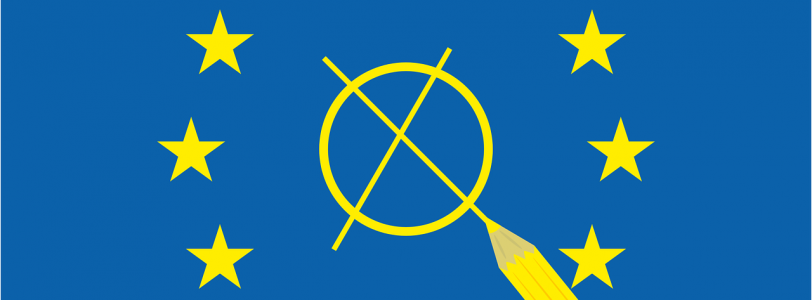The results of European Parliament elections were published on Sunday, and the newly founded Brexit Party polled top in every region of the UK except London, where the Liberal Democrats won.
Nigel Farage’s Brexit Party won 29 of a possible 70 seats, and took 31.6% of the total vote share across the country.
The Liberal Democrats, who were severely punished during the last EU Parliament election saw a jump back in popularity, in no part because of their anti-Brexit platform. Their vote share climbed 13.4% to 20.3% of the country’s vote overall, claiming 16 seats in the process. The Greens also saw a modest boost in support, taking 12.1% of the vote and winning 10 seats.
The election was a disaster for both Labour and the Conservatives however, with the former losing 11.3% of their votes from the 2014 election, but still managing to come third overall. The Conservatives, on the other hand, lost 14.8% of their votes, taking a mere 9.1% of the votes overall and winning just 4 seats. They came fifth, with the Greens placing above them.
Analysis: Brexit means Brexit
This was an election that was steeped in Brexit resentment, for both sides of the debate. The loses the Tory’s experienced was definitely a result of their botched Brexit handling. Labour were similarly punished for their ambivalent Brexit position, where the party has tried to appease both sides of the debate and fudging a position that doesn’t please anyone.
You could look at the Brexit Party’s success and argue that it demonstrates an overwhelming’ support for the UK to leave the EU, but the reality is slightly more nuanced.
The first thing to assess is which parties count as pro-Brexit and which are anti-Brexit. The common understanding is that the Brexit Party and UKIP are the pro-Brexit parties, and the Lib Dems, Greens, SNP, Plaid Cymru and Change UK are in support of remaining in the EU.
Looking at the numbers, you can see that the Brexit Party cannibalised the UKIP vote. In 2014 UKIP had 24 seats, and 26.6% of the popular vote. In 2019, that fell to just 3.3% of the vote, and 0 seats. It’s safe to assume that the majority of those voters went over to the Brexit Party, and when considered in those terms, Farage’s new party actually only gained a modest 5 seats, or an additional 5% of the popular vote. In total, the pro-Brexit vote accounts for 34.9%, excluding Labour and Conservatives.
The bounce-back of the Liberal Democrats, whose whole proposition was an opposition to Brexit, should not be understated. In 2009 they had 11 seats, but by 2014 after they had entered the coalition they lost all but one and came fifth. They have now climbed back to 16 seats and came second overall. The anti-Brexit movement was more fractured than the pro-Leave vote, as it didn’t have a party created specifically to campaign for the cause. So, when combined with the votes of the Greens, SNP, Plaid Cymru and Change UK, the popular vote is 40.4%. Again, this excludes Conservatives and Labour.
This isn’t an exact science, and voting intention can only ever be assumed to a certain extent. However, the numbers do at least offer a slightly more complex image of Britain’s attitude towards Brexit than certain headlines would have you believe.
Labour and Conservative struggles
The BBC have done further analysis of the vote, and looked at how Labour and the Conservatives performed in Leave and Remain areas. They found that Labour performed better in areas that strongly supported Remain in 2016, but still failed to get more than one fifth of votes, while they struggled to pick up more than one in 10 votes in areas that strongly voted Leave.
The Conservatives performed poorly across the board, but worse in areas that voted Remain in 2016.
They also state that in areas that supported Remain, there was an increased enthusiasm for getting out and voting, with Bristol voter turnout increasing 8%.
Overall, only 36.7% of the voting population voted in these elections, but that is up just under 2% on the EU election in 2014.









0 Comments